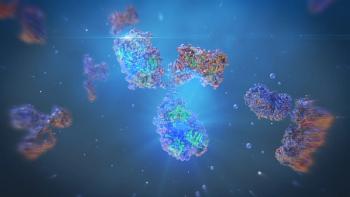
In biotherapeutics manufacturing, controlling size variants of therapeutic monoclonal antibodies (mAbs) is critical for ensuring product quality.
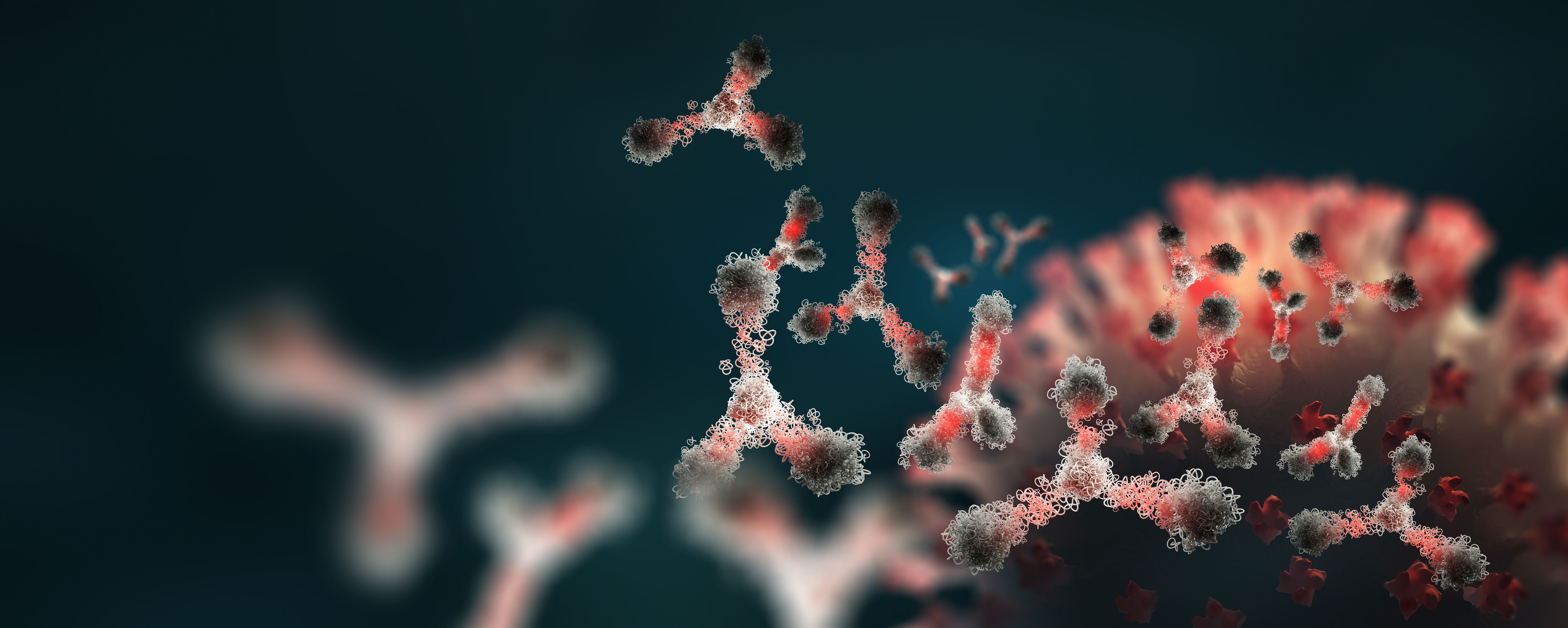

In biotherapeutics manufacturing, controlling size variants of therapeutic monoclonal antibodies (mAbs) is critical for ensuring product quality.
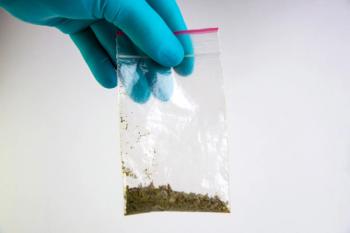
Scientists from Naif Arab University recently used a new approach to protect amide-based synthetic cannabinoids from degradation and esterification during GC–MS analysis.

Here are the top five articles that the editors of LCGC International published this week.
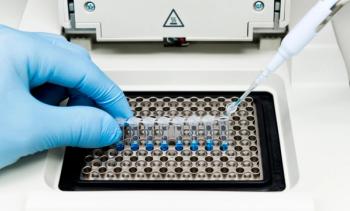
Scientists from the University of Geneva in Geneva, Switzerland and AstraZeneca in Mölndal analyzed how HILIC is related to the connections between oligonucleotide structures and diastereomer separation.

LCGC International spoke with Quang-Dong Bui, a second-year PhD student at Vrije Universiteit Brussels to discuss his work in oligonucleotide analysis.

University of Tübingen scientists recently tested a new approach to hydrophilic-interaction chromatography (HILIC) to address retention time repeatability issues.
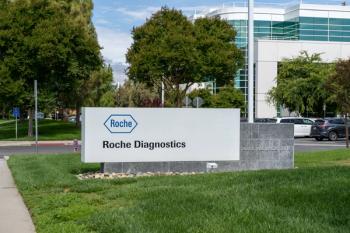
Scientists from Roche Diagnostics in Germany are testing a new liquid chromatography (LC)-based approach for advancing process analytical technology (PAT) in biopharmaceutical processing.

The editors of BioPharm International spoke with Christine Rozanas, PhD, global product marketing manager at Cytiva, to discuss the advantages and persistent challenges with implementing continuous downstream chromatography.

Scientists from the University of Isfahan in Iran recently developed a new system for detecting and quantifying B vitamins in human samples.

Scientists from Hebei Medical University developed a sensitive liquid chromatography-tandem mass spectrometry (LC–MS/MS) method for analyzing free fatty acids in human serum.

Scientists from the University of Edinburgh evaluated different polishing chromatography elution strategies to optimize output.

LCGC International sat down with Kemi Osho of the University of Nevada, Reno (UNR) to discuss her career and work with the Females in Mass Spectrometry (FeMS) group.

A session at the HTC-18 conference in Belgium featured speakers from around the world detailing the latest advances in biopharmaceutical analysis.

Here are the top five articles that the editors of LCGC International published this week.

During the 18th International Symposium on Hyphenated Techniques in Chromatography and Separation Technology, experts presented a workshop on different ways multidimensional liquid chromatography can be applied.

In preparation for ASMS 2024, we sat down with Elizabeth Neumann of the University of California, Davis about her upcoming workshop.

A recent paper discusses advances in hydrophilic interaction chromatography (HILIC) in the analysis of therapeutic oligonucleotides and their impurities.

LCGC International interviewed Peter Horvatovich of the University of Groningen about his upcoming presentation at ASMS and his expectations for the convention.

Scientists from Changchun University of Chinese Medicine used UHPLC-Q-Orbitrap-MS/MS analysis to identify the active compounds in TongFu XieXia Decoction for treating intestinal obstruction.

Scientists from the Lunan Pharmaceutical Group explored the use of UHPLC-MS/MS to test the effects of Shouhui Tongbian capsules (SHTBs) on slow transit constipation (STC).
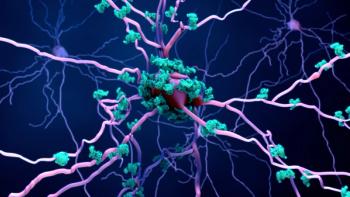
Scientists from Manipal Academy of Higher Education in India recently discussed different protein profile pattern analysis techniques and how they can help allow for universal screening.

Scientists from Vanderbilt University recently tested a new means of imaging mass spectrometry (IMS) for isotopically resolved intact proteins.

Scientists from Chongqing University Cancer Hospital recently developed a new system for analyzing the potential impact of retention time (RT) prediction on targeted LC–MS-based lipidomics.

Scientists from the Chinese Academy of Sciences recently tested out a new type of micro gas chromatographic column (µGCC) for separating light hydrocarbons.
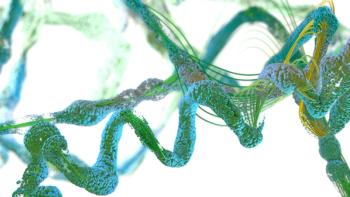
Scientists from Florida State University used Marfey’s reagent and reversed-phase liquid chromatography–tandem mass spectrometry (LC–MS/MS) to analyze D-amino acids.